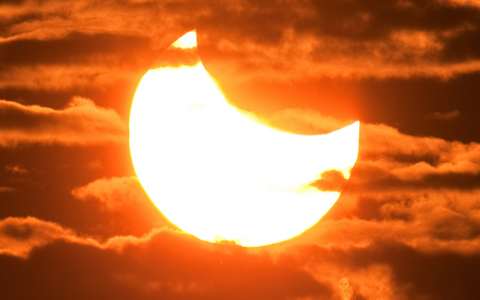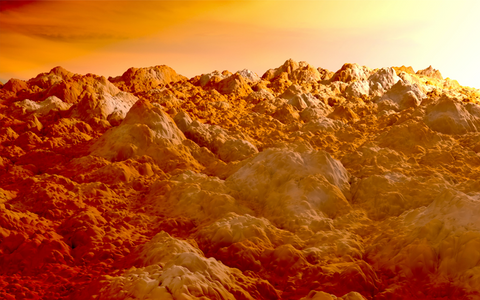While the start of this year hasn't changed dramatically from 2020, there is still hope on the horizon and plenty of things to look forward to -- such as amazing astronomical phenomena that are in the offing! Here are some of our favorite celestial events that will take place this year. So, get ready to mark your calendars!
January 24 - Mercury at Greatest Eastern Elongation
This is the best opportunity to view Mercury since it will be at its highest point above the horizon in the evening sky. Look for the planet low in the western sky just after sunset.

January 28 - Full Moon
This full moon is known as the Wolf Moon by early Native American tribes because it was the time of year that hungry wolf packs howled outside their camps.

February 11 - Venus & Jupiter Conjunction
This conjunction will occur in the morning and will be visible in the eastern sky just before sunrise (about 1/2 hour before to be exact).

March 9 and 10 - Quadruple Conjunction
A special conjunction with a group of planets will be splayed across the night sky on March 9 and 10. To the southeast, 1/2 hour before sunrise, viewers will see Mercury, Saturn, and Jupiter in a perfect link from bottom to top! These three planets will be visible in the predawn sky as well as the crescent moon. Jupiter will be brightest in the middle. Venus will join the party in the Northern Hemisphere at the same time as the sun, giving viewers just minutes to see all of the planets in the sky.

March 28 - 1st Of Four Super Moons
This new year will include four "super moons" which are full moons that appear to be bigger and brighter in the night sky. These occur when the moon's orbit is closer than average to Earth. The other 3 super moons will occur on April 27, May 26, and June 24.

May 26- Total Lunar Eclipse
Many individuals in the United States will see the Earth intercede between the sun and moon to create a blood-red shadow on the moon. The lunar eclipse's total phase will last 14 minutes.

June 10 - Annular Solar Eclipse
On the morning of June 10, a "ring of fire" will be visible WITH EYE PROTECTION in areas of Ontario, northern Quebec, and northwestern Greenland. These eclipses take place when the moon moves directly in front of the sun but doesn't completely cover the solar disk, resulting in a remarkable "fiery" ring.

July 12 - Venus and Mars Conjunction
Venus and Mars will unite in a conjunction just after sunset in the western sky. Venus will shine a bit brighter on the right than Mars on the left.

August 11-12 - Perseid Meteor Shower
Perhaps the world's most viewed meteor shower will peak the night of August 11th into the 12th. The Earth will plow through a stream of debris. Each interstellar pebble burns up in Earth's Outer atmosphere, creating a spark of light that we view as a shooting star! The stones travel at about 37 miles per second, which generates frictional heat to set them ablaze.

November 19- Partial Lunar Eclipse
An almost total lunar eclipse will be visible as the moon will still be bathed in red and coated in sunlight filtered through the Earth's atmosphere. Earth's shadow won't fully swallow the bottom left side of the moon, which will prevent the totality to occur.

December 4 - Total Solar Eclipse
A mesmerizing astrological even that will only be visible to those in . . . Antarctica! The moon will completely block the sun for almost 2 minutes revealing the sun's corona.

December 13-14 - Geminid Meteor Shower
20 to 40 shooting stars will be visible every hour under ideal weather conditions. The Geminids show slower-moving, more vibrant shooting stars than the Perseids, appearing to be emerald green or purple. Unfortunately, the full waxing gibbous moon will hinder viewing opportunities of this event.







